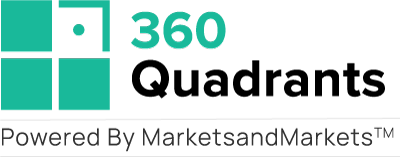The Injection Molding Machine Companies quadrant is a comprehensive industry analysis that provides valuable insights into the global market for Injection Molding Machine. This quadrant offers a detailed evaluation of key market players, technological advancements, product innovations, and industry trends. MarketsandMarkets 360 Quadrants evaluated over 60 Injection Molding Machine Companies of which the Top 15 Injection Molding Machine Companies were categorized and recognized as the quadrant leaders.
An injection molding machine consists of a heated barrel equipped with a reciprocating screw (driven by hydraulic or electric motor) which feeds the molten polymer into a temperature controlled split mold via a channel system of gates and runners. The screw units (plasticizes) the polymer and acts as a ram during the injection phase. The screw action also provides additional heating by virtue of shearing action on the polymer. The polymer is injected into a mold tool that defines the shape of the molded part.
The 360 Quadrant efficiently maps the Injection Molding Machine Companies based on criteria such as revenue, geographic presence, growth strategies, investments, channels of demand, and sales strategies for the market presence of the Injection Molding Machine quadrant. While the top criteria for product footprint evaluation included Materials (Plastic, Rubber, Metal, Ceramic), Type of Machines (Hydraulic, All-Electric, Hybrid), End-Use Industry (Automotive, Consumer Goods, Packaging, Healthcare, Electronics, Others).
Key trends highlighted in 360 Quadrants:




 ks_report
ks_report
 Feb 2024
Feb 2024

